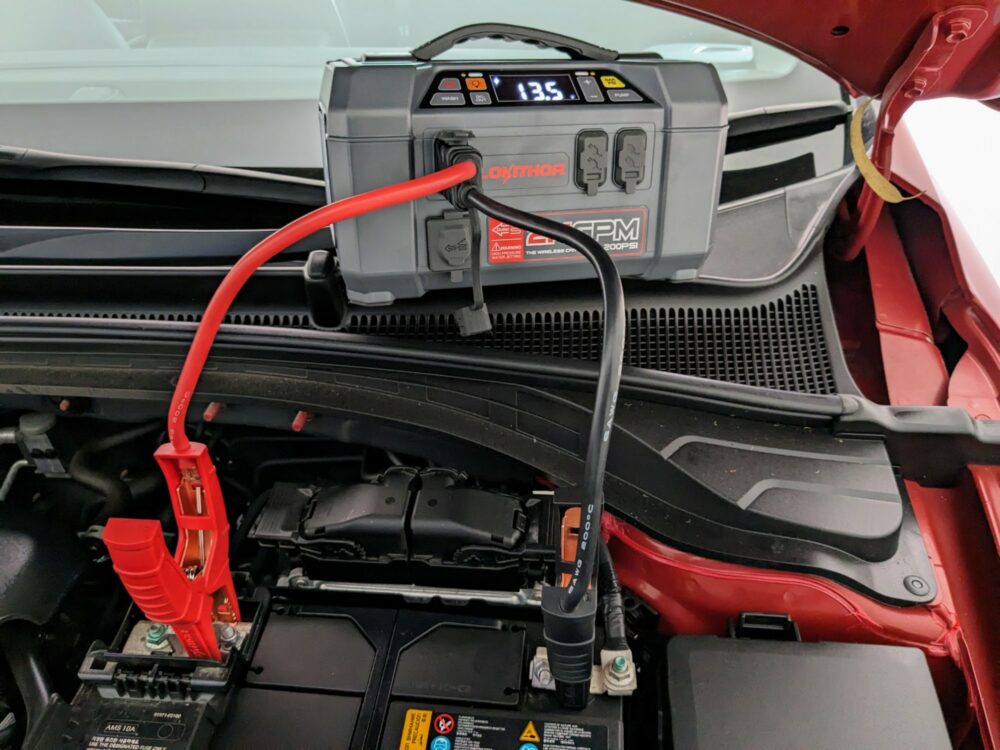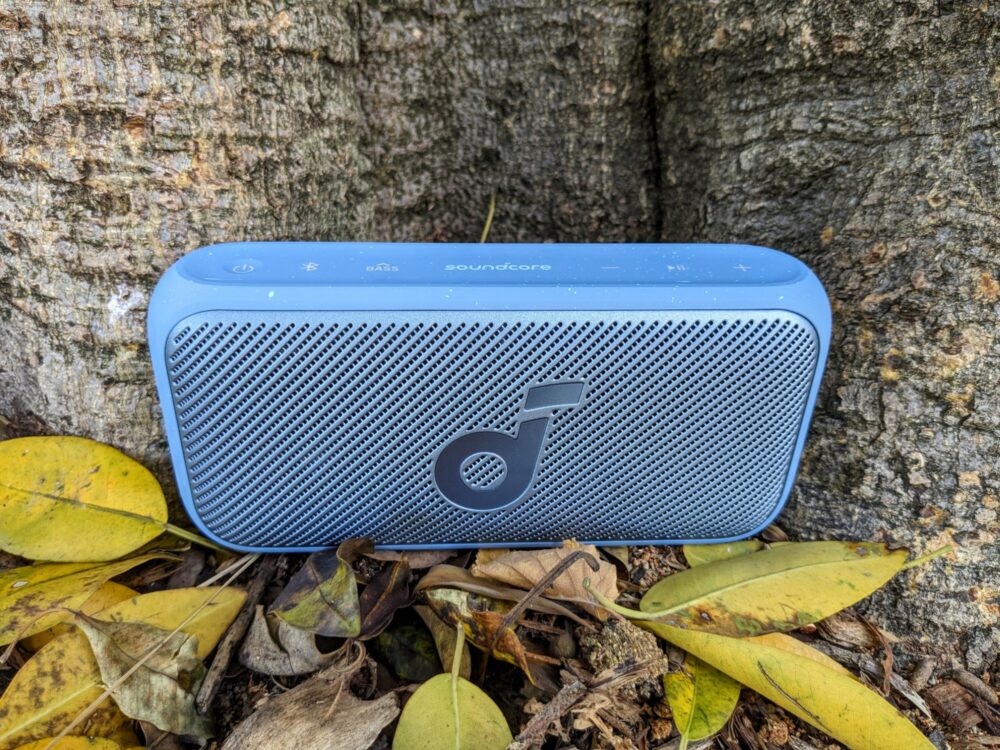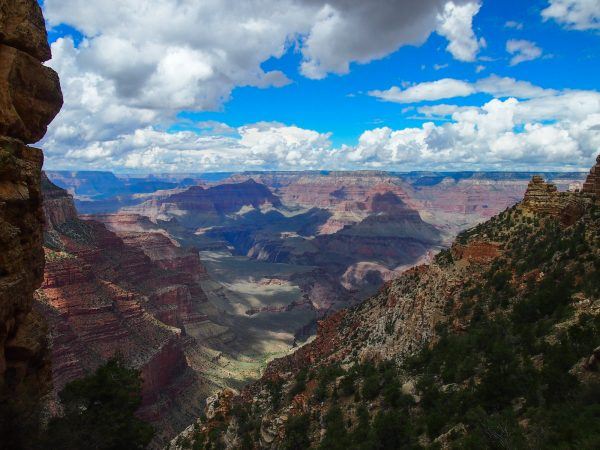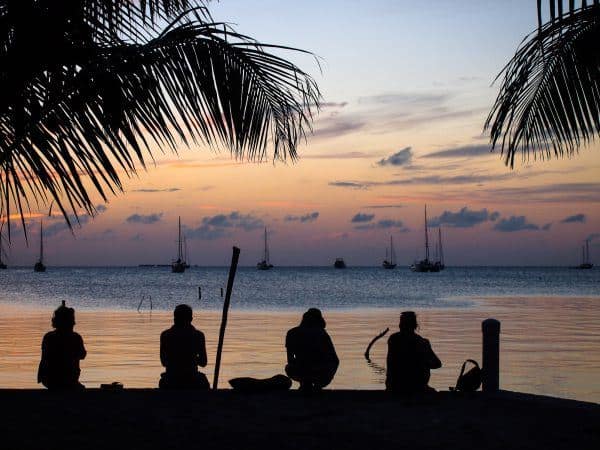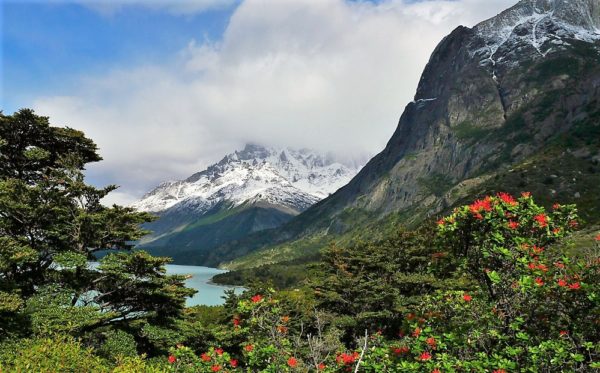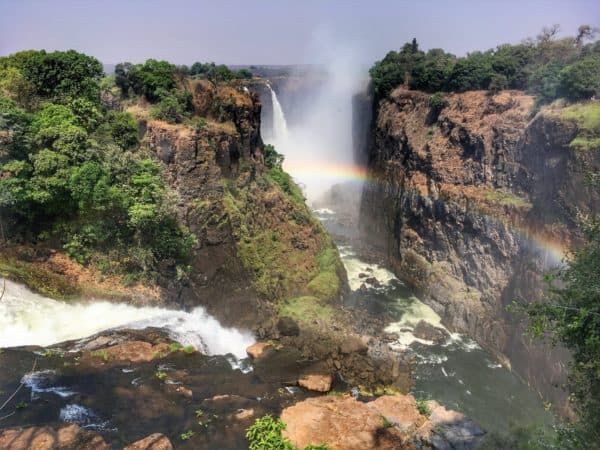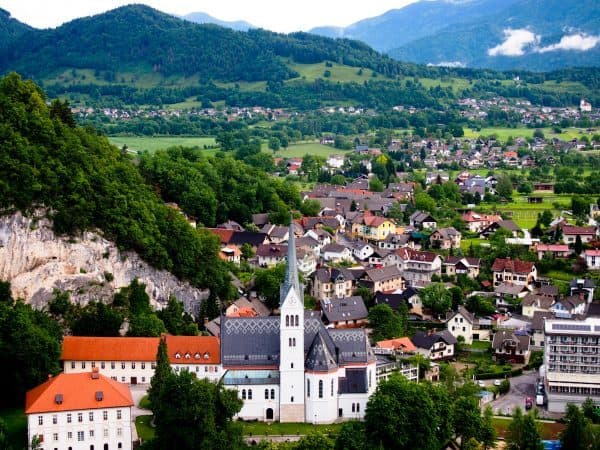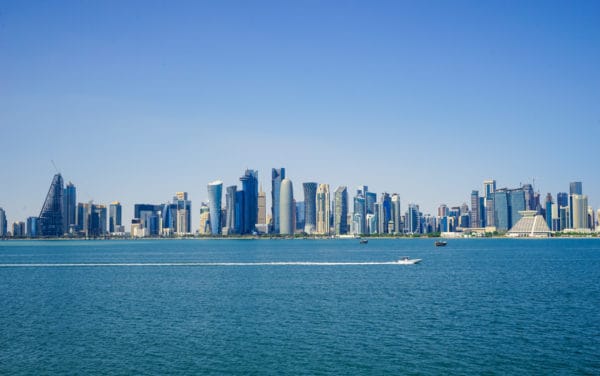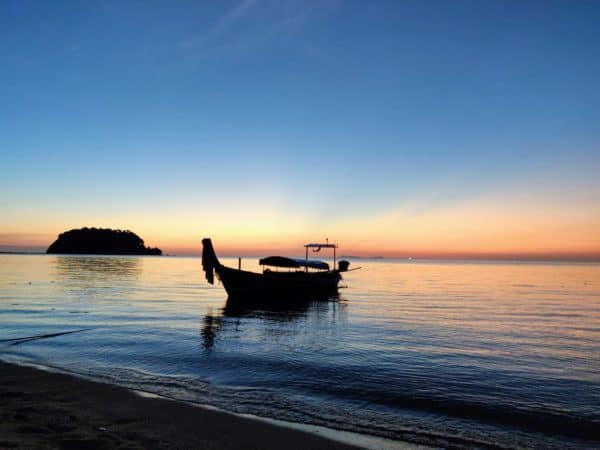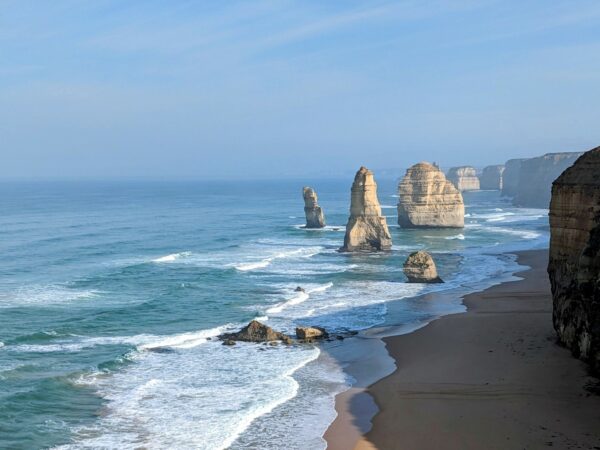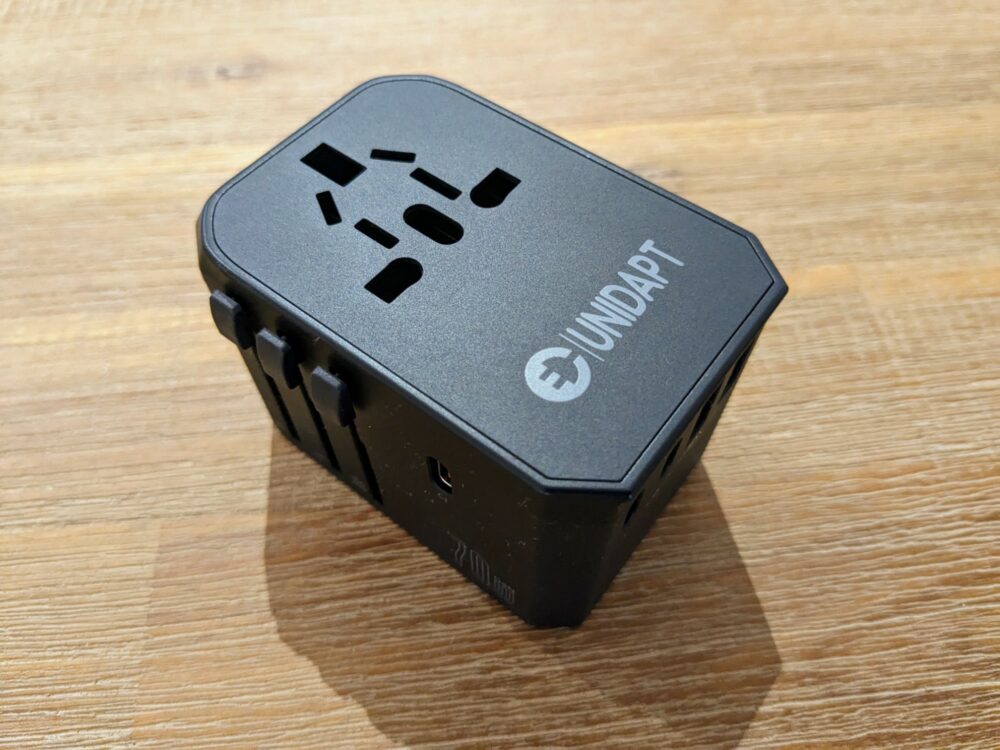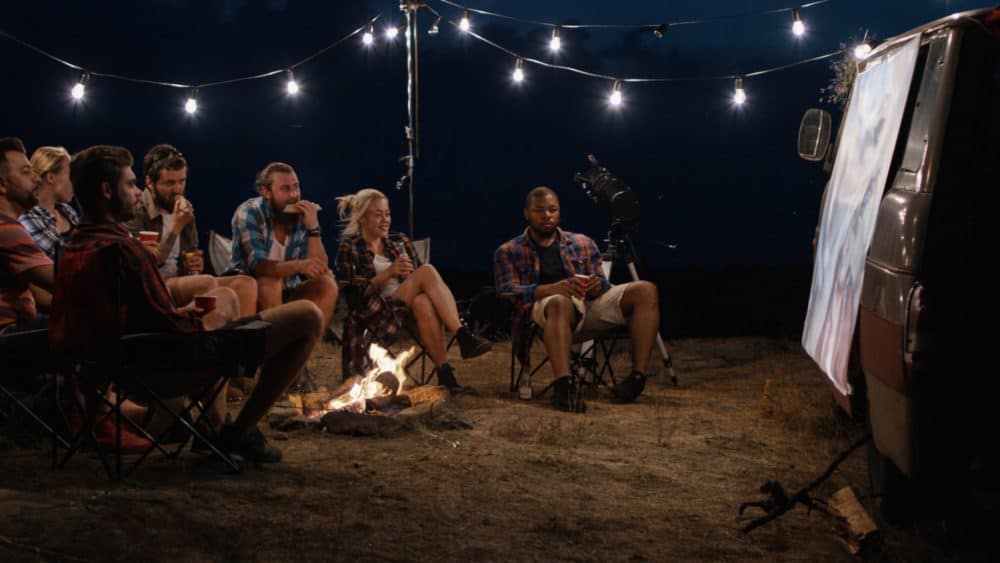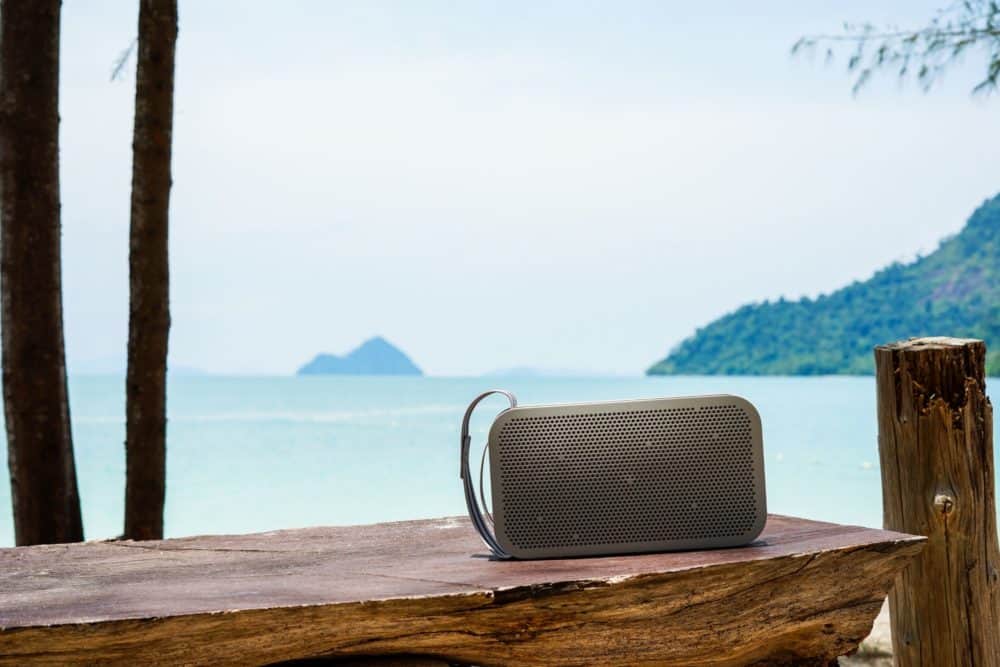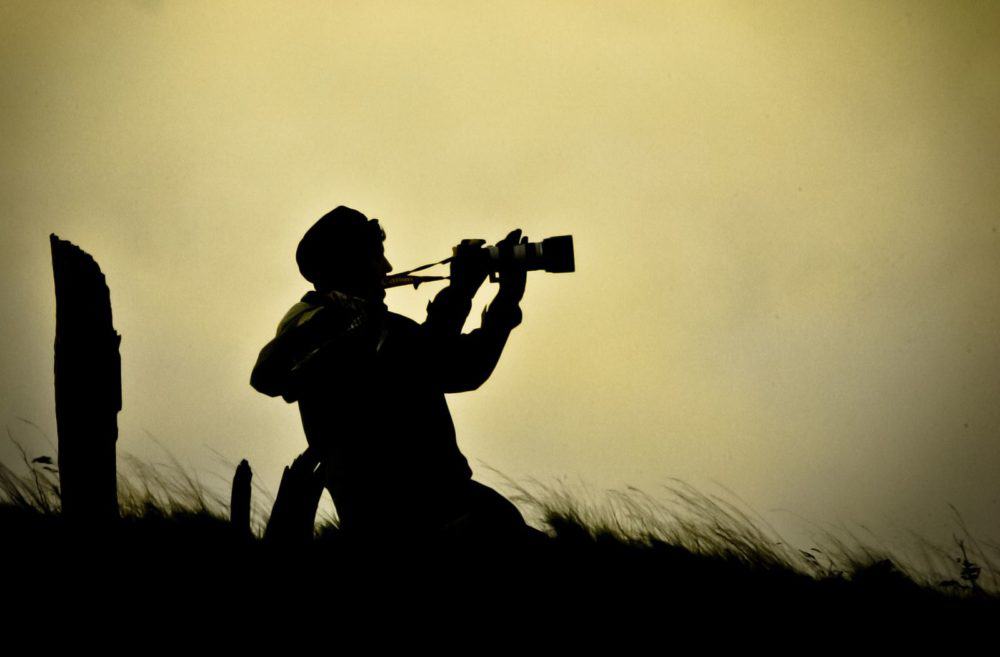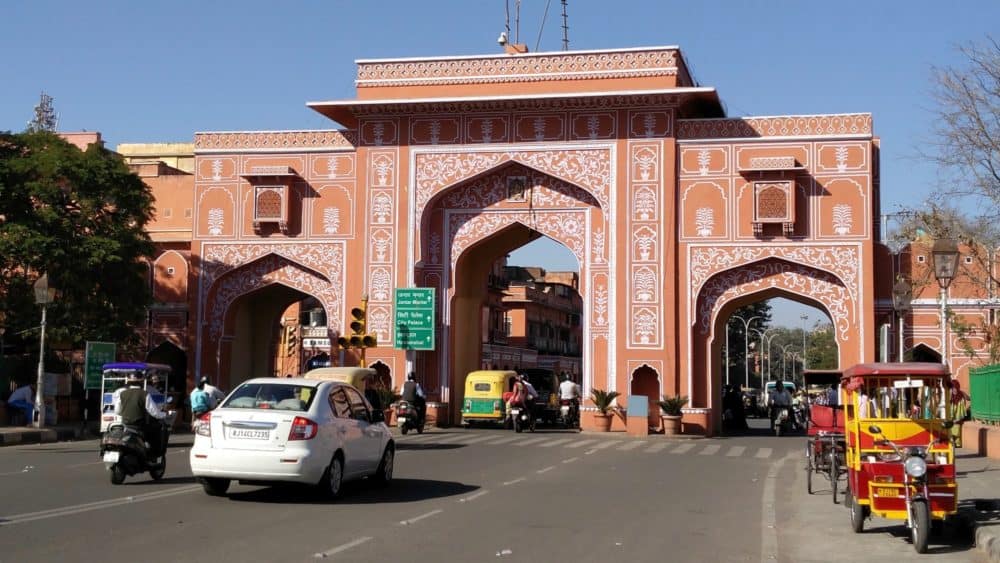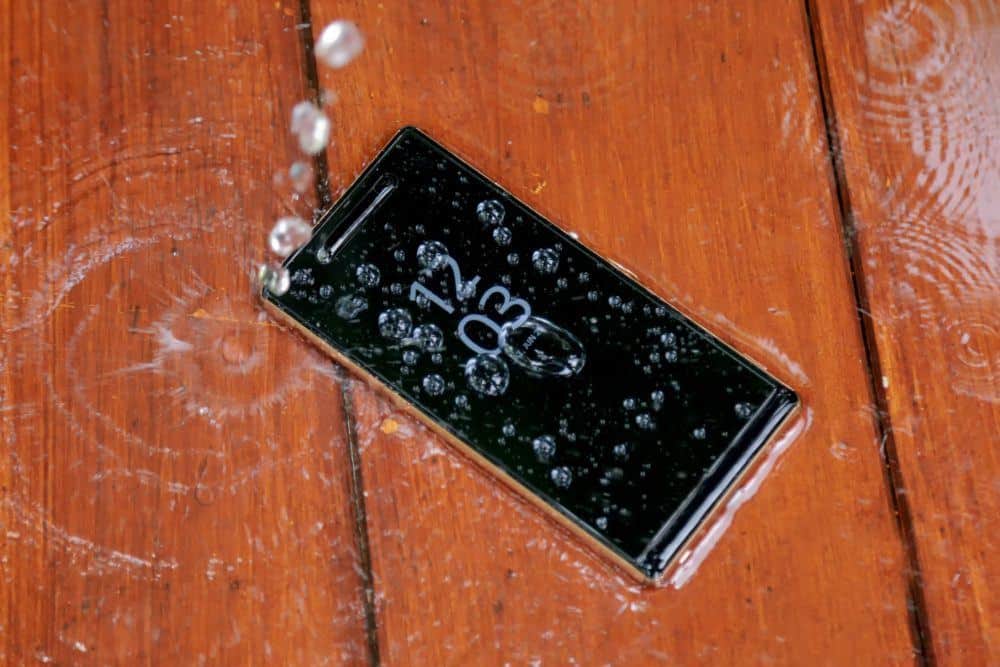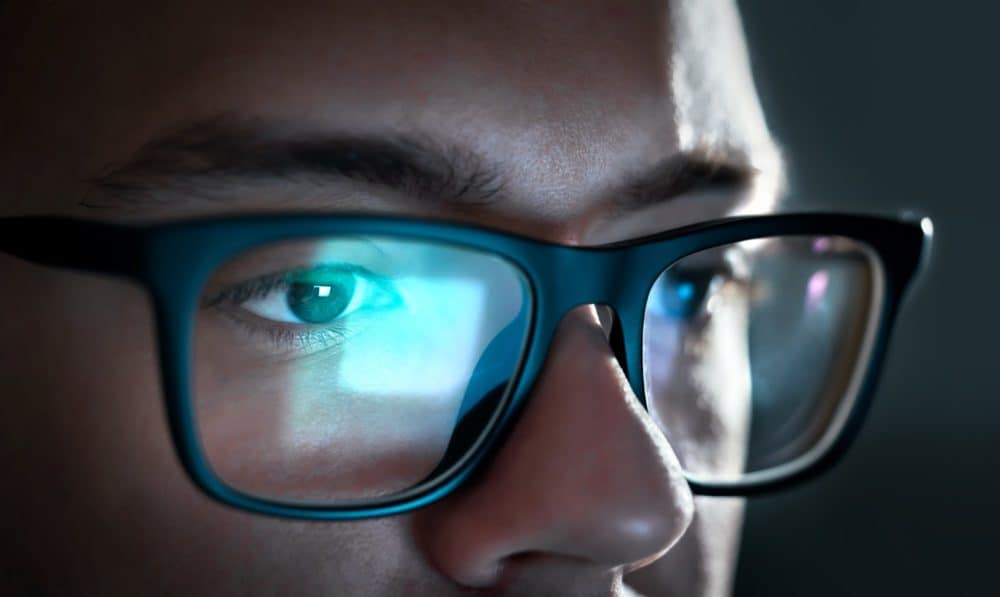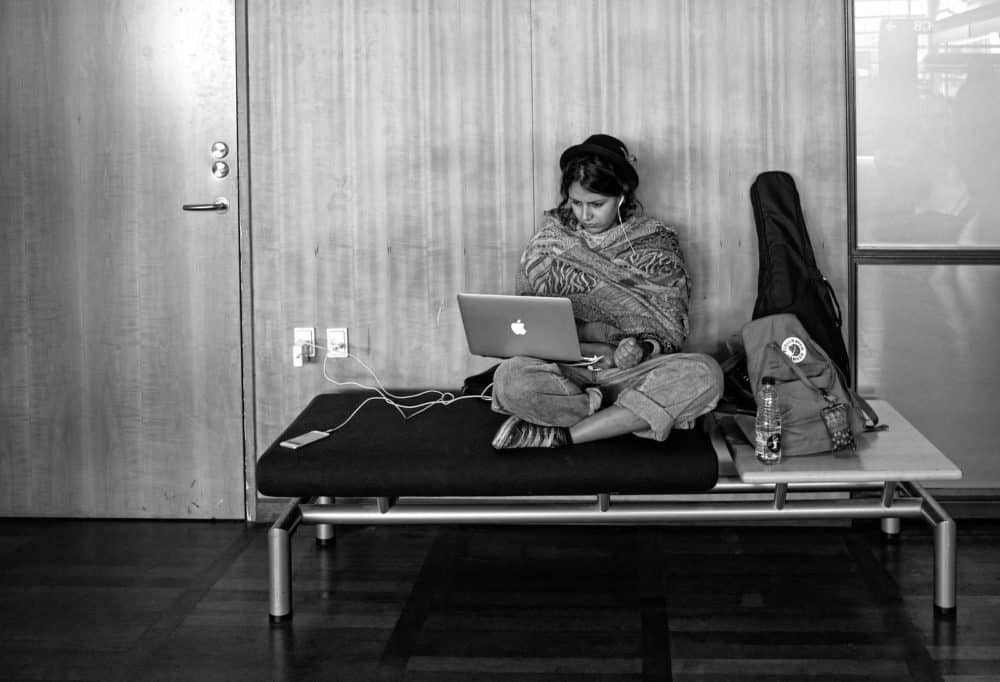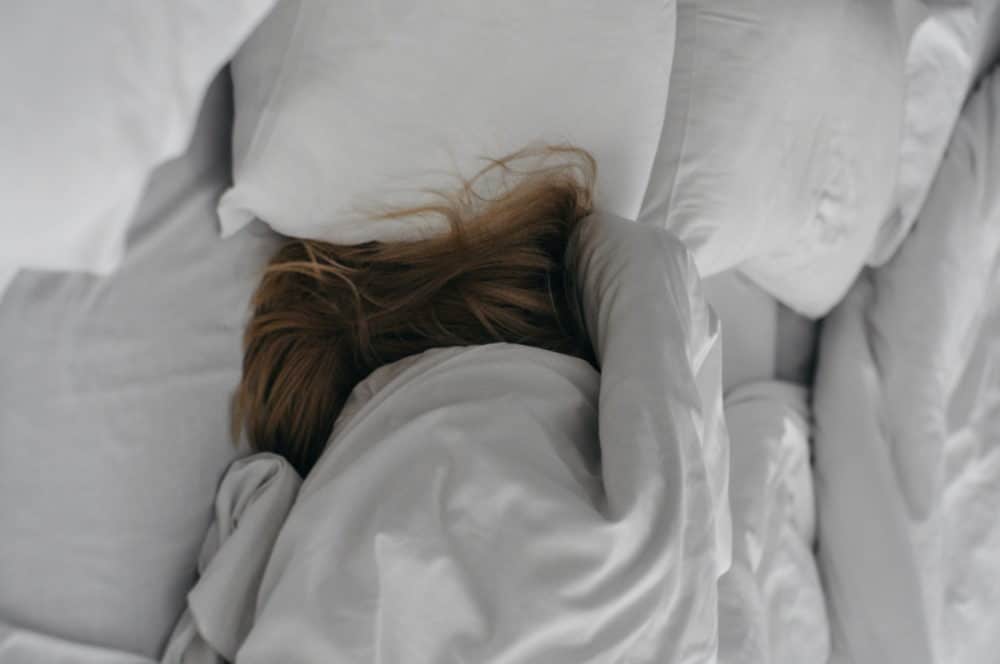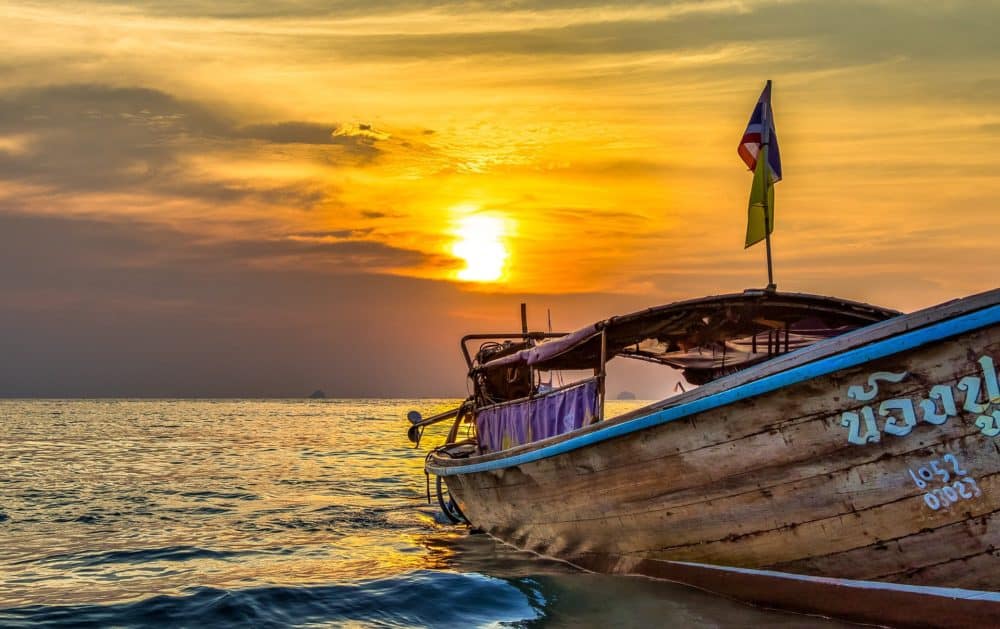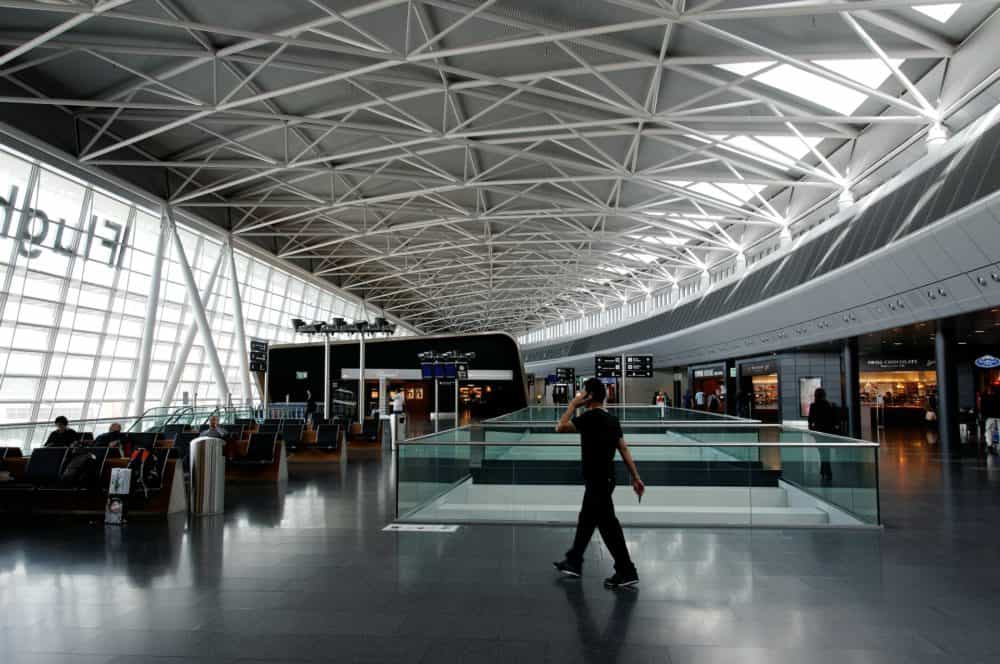
I’m Dave Dean
For over a decade, I’ve been writing about the tech side of travel and remote work. Whether you blog from the beach, code from the couch, or just want to make better use of technology when you travel, there’s something here for you.
12+
Years
70+
Countries
700+
Articles

REMOTE WORKING
From the bedroom to the beach, remote work is everywhere
I’ve been dealing with the challenges of remote work for over fifteen years: you could say it’s in my blood. Whether you earn your living from a beach hut in Thailand, your RV, or the corner of your living room, I’m here to help.
Latest
Staying Connected Around the World
First-hand experience buying SIMs and eSIMs in 65+ countries!
Get updates from the world of travel tech and remote work
Latest Reviews
AnkerWork S600 Speakerphone Review: Background Noise Begone
If you’re in the market for a speakerphone for your home office, the AnkerWork S600 is the one to buy…
Lokithor AW401 Review: Not Your Father’s Jump Starter!
The Lokithor AW401 has no shortage of features, but how well does it perform? We put it through its paces…
Soundcore Motion 300 Review: Great Sound, Better Value
The Soundcore Motion 300 portable speaker delivers a rare combination of great sound and even better value for most people.
Unidapt 70W International Travel Adapter Review: It Does It All
I review the new Unidapt 70W international travel adapter, and come away impressed.


